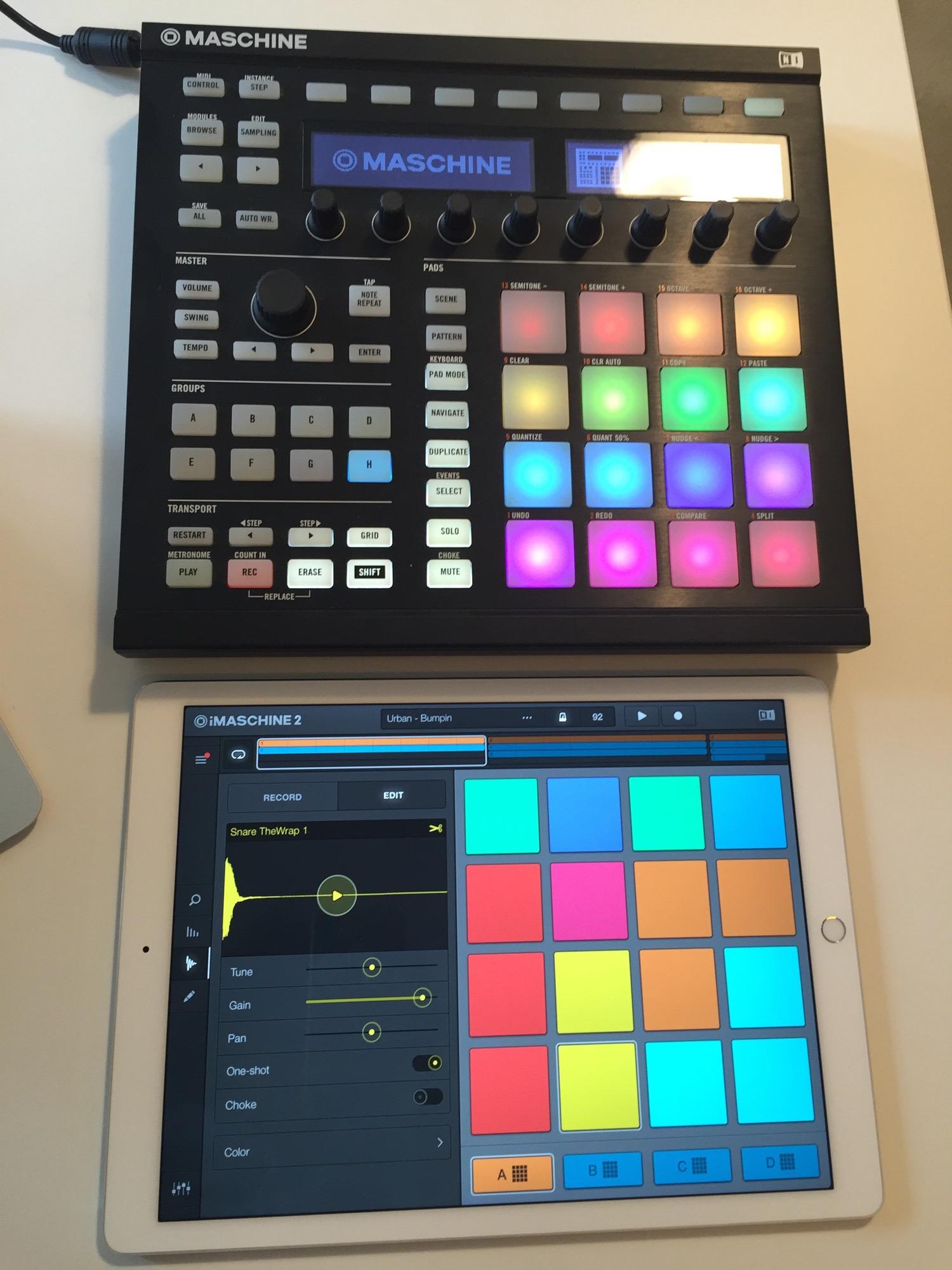

Actual model reviewed was the AW1, which could only transmit to one receiver the otherwise identical W3 can transmit to up to three receivers. Connected between the L/R inputs of Kal's Bryston 9B-SST power amp and the L/R outputs of his Anthem Statement D2 processor, the AW1 lacked high-frequency sparkle and midrange detail while sounding "surprisingly okay." The W3's sonic compromises were much less noticeable when it was used for the surround and/or bass channels.
Fuzzmeasure pro on ipad free#
The modules reliably linked up with each other and were free from signal interruptions, audible network problems, and extraneous noise. Audio input to the transmitter and audio output from the receiver are via stereo mini-jacks. (Vol.23 No.2, Vol.26 No.8)Īudioengine's W3 comprises two tiny modules, a transmitter and a receiver, each about half the size of a credit card and 1/4" thick, with a pigtail USB connector.
Fuzzmeasure pro on ipad plus#
They're made of a proprietary polymer material that converts kinetic energy to heat, and their improvements are not subtle, exclaims BJR: tighter, cleaner, deeper, more dynamic bass more coherent transient attacks crisper, more extended highs plus "improvements in the reproduction of subtle gradations of low-level dynamics." Give "em a whirlthe cost is minimal. He warns: "Never use any kind of silver paste on audio connections such as RCA plugs or amplifier speaker terminals." (Vol.36 No.10 WWW)Īudio Research Tube Damping Rings: $4 each ✩ĭamping rings for all AR products are now available to the public at large. JM uses a light smear on the mating surfaces of wall-wiring connections to prevent oxidation. If looking at it for electronics testing, it seems that it might be wise to spend more on something with truly quiet outputs.AI Technology's ELG-8501 is thermal grease made of more than 80% silver. If looking at the 2i2 for room and speaker measurement, there is absolutely no concern. The only time are you are likely to notice the latter is when trying to use the 2i2 for something it wasn’t designed for, which is as a substitute for expensive test equipment. Exceptional, in fact, except for the presence of a small amount of digital noise on its outputs. The Focusrite Saffire 2i2 offers excellent objective performance. Don’t try to generate low-level signals with it. With regard to the comment about noise, the point here is that 2i2 line level output should only be used for just that: line-level output. There is some 50 Hz noise, but it’s quite low. With that done, the performance leaves nothing at all to complain about: I had to resort to an external pad, in this case the Behringer DI-100 since that’s what I have on hand at the moment. Mic inputīecause of the noise that it generates on its output, the Focusrite doesn’t lend itself to the “easy” way of testing mic input performance when 40 dB gain difference is required.

There is no point in putting up the measurement at -20 dBV. I think that could fairly be called excellent. The sidebands are all at least 110 dB down full-scale, or around -95 dB relative to the 7 kHz carrier. Here is the SMPTE IMD plot at -1 dBV (peak) signal level: CCIF intermodulation distortionĪt this signal level, all components are close to 110 dB down. At -20 dBV signal level (not shown), the distortion components disappear into the noise. The high frequency noise will dominate the THN+N figure (not provided here). The noise artifacts at multiples of 8 kHz dominate:Īt -1 dBV, the THD is calculated as -102 dB, and at -20 dBV, as -105 dB. At -1 dBV input:Īt -20 dBV input, most of the distortion products disappear into the noise. Here are the distortion plots with 1 kHz input. This noise is present at about the same levels at all sample rates. At 96 kHz, there is a noticable set of artifacts at multiples of 8 kHz: These are the noise levels with no input signal, with the gain set as described above.

It’s essentially flat from 10 Hz to 40 kHz, when operated at 96 kHz. Focusrite Scarlett 2i2 Frequency Response, Line In


 0 kommentar(er)
0 kommentar(er)
